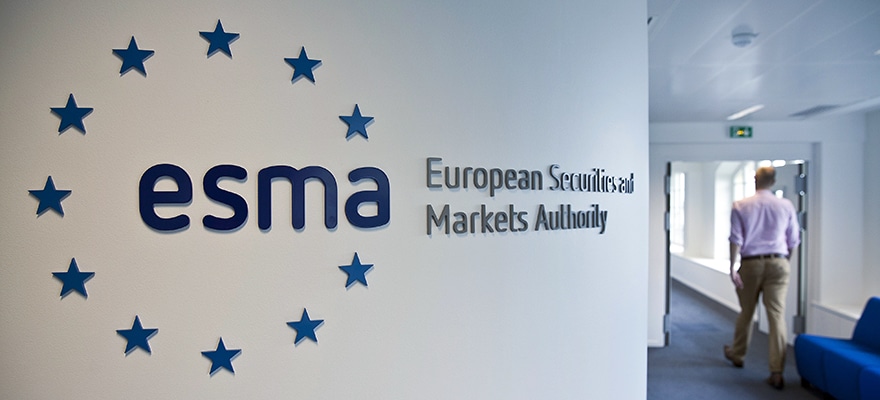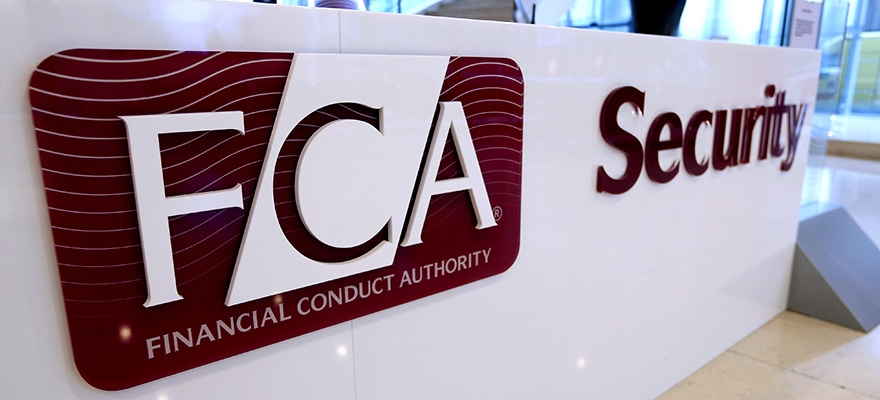From previous articles you may have noticed that I consider binary options to be unequivocally caught by the EMIR legislation, based on answers given by the European Commission about the scope of MiFID. The only complicating factor (if you happen to be regulated in the UK) is that the FCA stated in a recent Abide User Group meeting that they do not currently consider these contracts to be reportable.
This is based on a UK Treasury Regulated Activities Order, which in the FCA’s current view, excludes binary options from the UK financial services regulatory framework. This mismatch between the UK and European view may well follow the same path as the Forex spot versus forward controversy, though in my view a binary options exemption is unlikely to be defended with quite the same vigor. Nonetheless, it has left UK firms with a difficult choice to make.
A small number of binary options firms already claim to be regulated by the FCA, and one proudly states on its website that it is already making EMIR reports. Others may now decide to bide their time and only start reporting when and if the FCA position is reversed. For those in the UK who choose to report, and those in other jurisdictions who are obliged to report, the following outline guidance may be helpful.
12 Step Reporting Guideline
1. These are clearly not exchange-traded products, but OTC derivatives (per the Commission’s answer here – the Interim Taxonomy (E) will therefore be used in your report and the venue id will be set to XXXX.
2. Since you are describing the product rather than uniquely identifying it, Product ID 1, which defines the asset class, will be set to CU for Currency (covering the majority of trades), EQ for Equity Indices or CO for Oil and Precious Metals contracts.
3. Product ID 2, which states the derivative type, should be set to OP for Option.
4. Underlying fields will follow the specific rules for single equities, equity indices, commodities (including gold) and FX, which have been defined in recent Q&As from ESMA (and in earlier articles in this series).
5. Each trade is a single OTC option, with no Leverage , so quantity and price multiplier can both be set to 1.
6. The opening trade will always be a sale of a call or put by the binary options firm. In some cases clients are offered the chance to close out before expiry, in which case a closing buy from the reporting firm’s perspective would be possible. In the case of normal expiry no second trade need be reported.
7. The price/rate for an option is the premium paid, which in this case equals the amount staked. This need not have any connection to the underlying currency or asset (eg a £25 option on EUR/USD underlying). The underlying asset is most helpfully seen as a simple reference number, whose final value triggers the outcome of the option.
8. The price notation must reflect the currency of the price/rate so in the above example will be set to GBP rather than either of the currencies of the reference asset.
9. The Technical Standards guidance for the Notional Amount is that it should be the original value of the contract. This seems to be the same as the stake, which we have just entered into the price/rate field. However, I am aware that ESMA’s OTC Answer 9 says of Notional Amount “in the case of options, this is not the premium”. I don’t believe they had digital or binary options in mind when writing this, but in the light of this guidance, cannot be too dogmatic about this field. Note also that how you populate this field will have an effect on Notional Currency 1, which must reflect the currency of the Notional Amount.
10. Within the Option-specific fields, an Up Bet should be represented as a Call and a Down Bet as a Put.
11. Strike price is the entry price for the trade (ie the barrier triggering profit or loss). This is the one place where the reference price of the underlying asset may appropriately be populated.
12. The Exercise Style is European rather than American, as it can sometimes be traded out but never exercised into the underlying.
There are numerous hostages to fortune in the above list. In the absence of any published guidance I have tried to fill in the blanks as much as possible, but may have erred in doing so. Other reporting patterns may be possible or indeed superior. Feel free to offer your own thoughts via the comments section or by contacting me directly at mark.kelly@abide-financial.com.



















